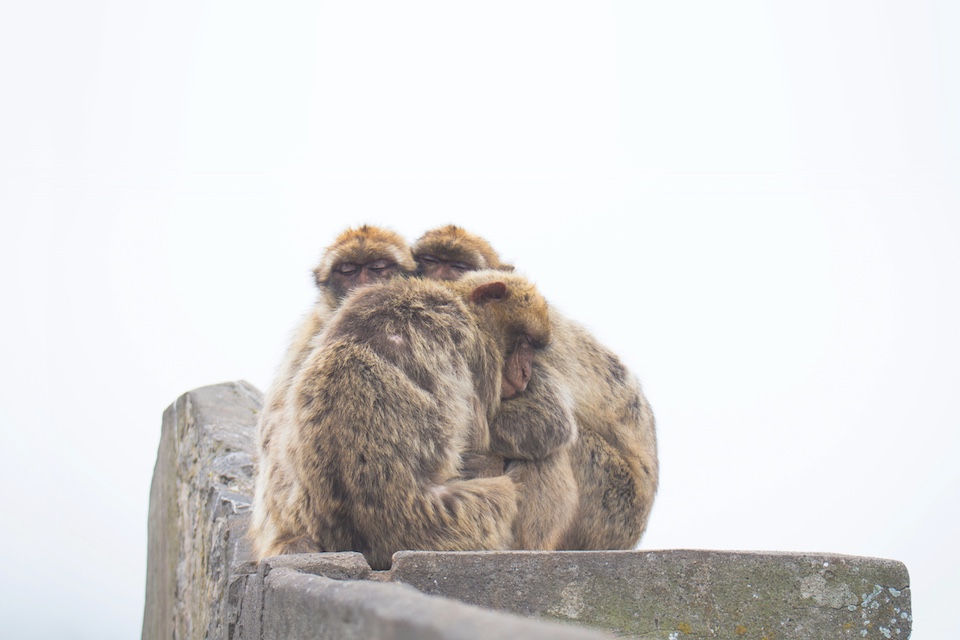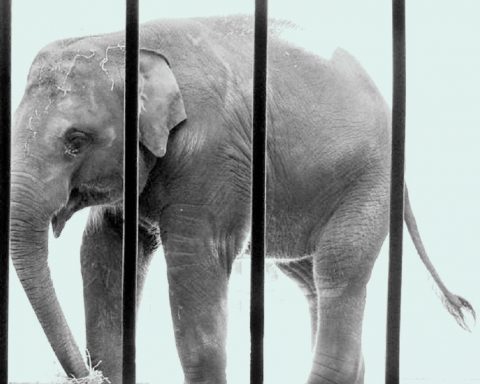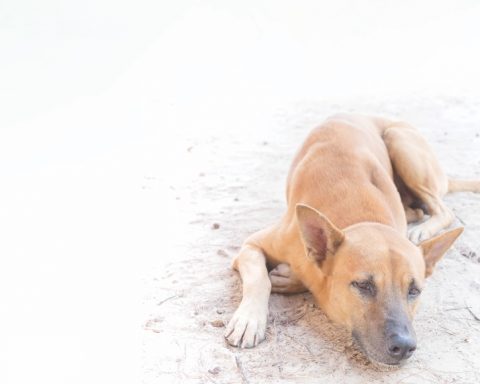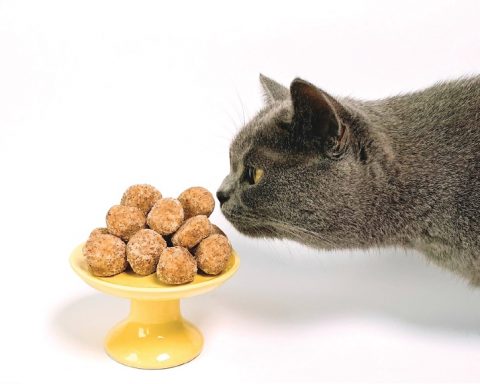Barbary Macaques
To steer away from pet companions this month I would like to write an article on the Gibraltar Barbary Macaque, an animal that is engrained in our history and our folk tales.
When I was a child we were told that the macaques travelled to Gibraltar via a tunnel that originated at St Michael’s Cave and traversed the Straits of Gibraltar !!!! The more likely explanation is that they were imported from Morocco , probably by different entities over the centuries , the Moors and the British Army are the most likely.
There are in the region of 200 macaques spread across the Upper Rock Nature Reserve , these are divided into different packs . Previous genetic work done on the macaques has shown that the macaques originated from two regions in Africa . One line comes from the Rif Mountains in Morocco and the other comes from Algeria. The females from these two blood lines are distinctly different , the Moroccan blood line adult females are larger animals , they weigh approximately three to four kilos more than their Algerian sisters !!! It is as a result of there being two different genetics pools that the Barbary macaque has been so successful in Gibraltar , if there had been only one blood line there would have been problems genetically as a result of inbreeding and very little genetic divergence.
Packs are divided down family lines, all the group structure is held together by the females in the pack . As a general rule mothers, daughters , sisters etc form the nucleus of the pack and stay together , it is the males that move away from the pack when they reach puberty and it is this that leads to genetic diversification as they move from one pack to another .
Females can breed from as early as 3/4 years of age and they produce one offspring every year( rarely twins are born). Females tend to remain fertile until well into their 20’s. We have a population of approximately 200 macaques , on average 100 are female , with approximately 70 being breeding females.
If we had 70 births every year it wouldn’t take too long before we were overran by macaques and one of the luxury blocks being built would have to be used to provide housing.
So how are numbers controlled? Vasectomising males is a complete waste of time. Females in season mate with multiple males, a way to maintain dominance and social cohesion. So the only way to control population is by contracepting the females. There are two main ways to carry this out, either using contraceptive implants that last around 3 years or by laparoscopically sterilising the females. The latter procedure involves tying off the fallopian tubes, in this way the females continue to menstruate and mate normally without getting pregnant. This is crucial as in this way there is less social interference in the group , if the females had their ovaries removed this would stop the normal breeding cycle and have an impact on the pack’s social structure. Thanks to investment by this Government under the direction of Prof John Cortes we now carry out laparoscopic sterilisation. A few years ago we used to have around 50 births a year, last year we had 15 births.
This is just a small insight into what goes on with our macaques , having wild free ranging macaques is a treasure and one we must protect, they are not a nuisance as some people think they are , they are a valuable part of our heritage and one that must be cared for, both as sentient animals and what they represent culturally .
For more information please phone
Gibraltar Vetinary Clinic on 200 77334






